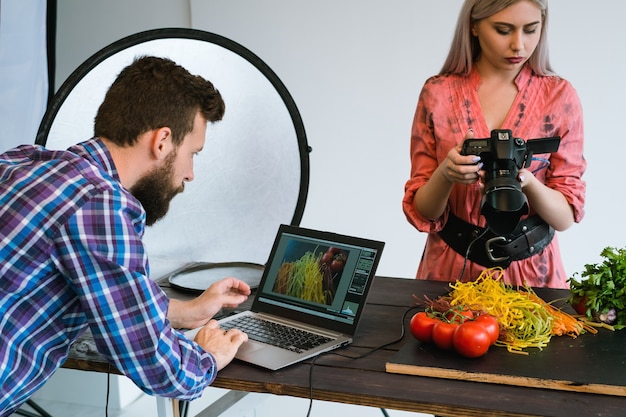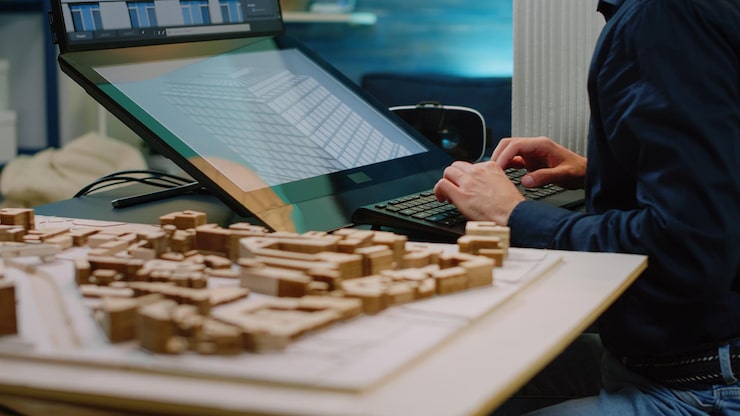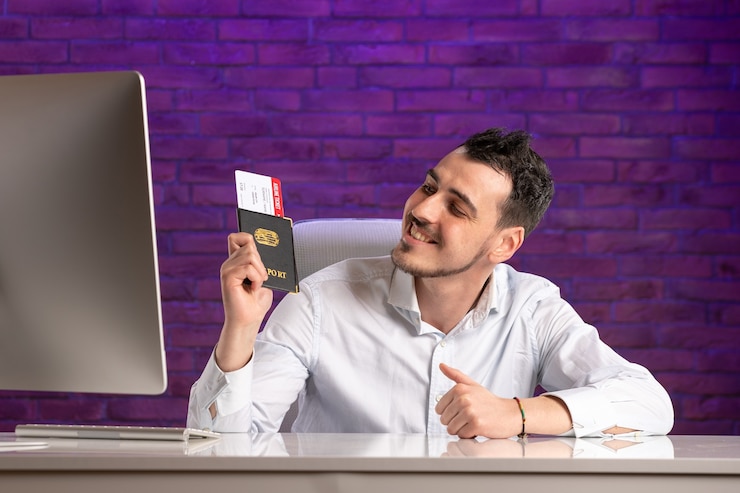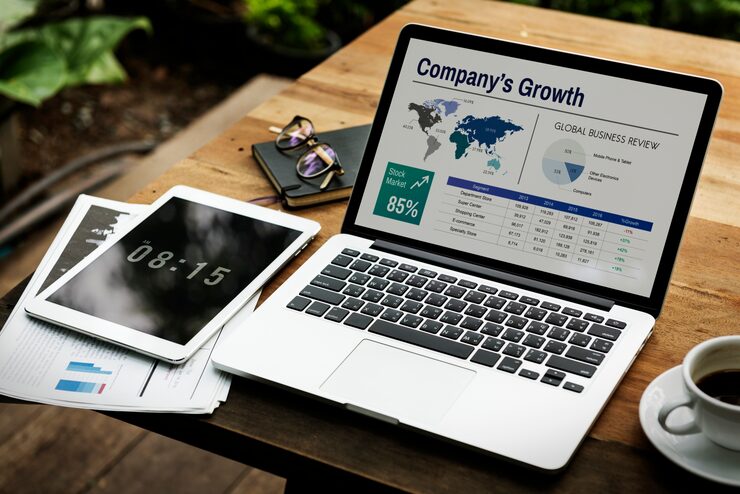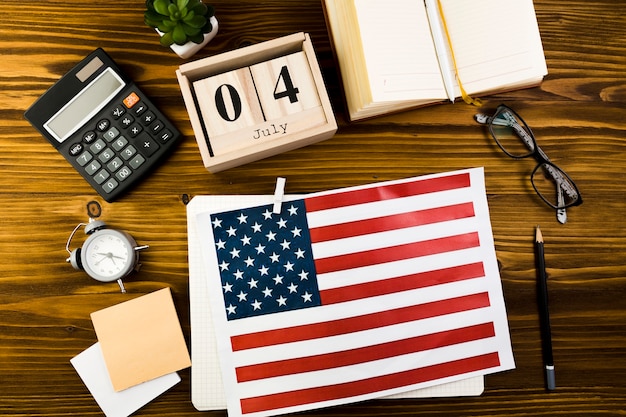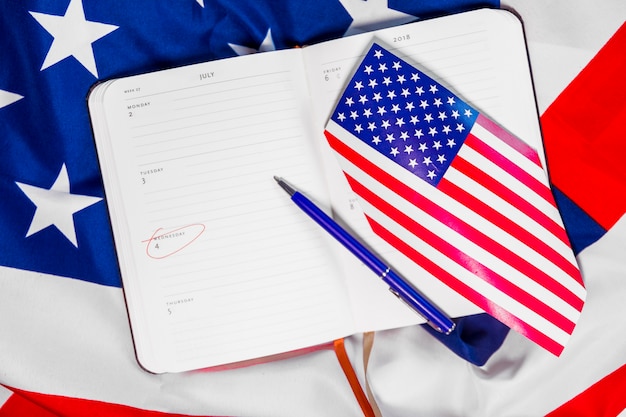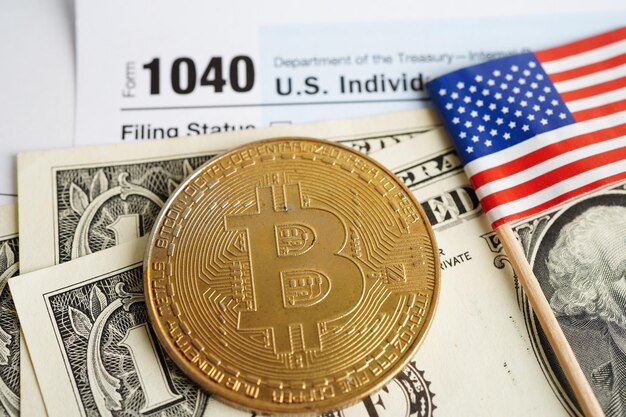
How to Buy Bitcoin Safely in the USA: Beginner’s Guide (2025)
How to Buy Bitcoin Safely in the USA: Beginner’s Guide (2025)
Niche: Cryptocurrency / Finance
Table of Contents
-
Introduction: Why Bitcoin?
-
Understand the Risks and Rewards
-
Step 1: Get Educated Before Buying
-
Step 2: Choose a Reputable Bitcoin Wallet
-
Step 3: Select a Trusted Bitcoin Exchange
-
Step 4: Complete Your KYC (Know Your Customer) Verification
-
Step 5: Fund Your Account Securely
-
Step 6: Make Your First Bitcoin Purchase
-
Step 7: Transfer Bitcoin to Your Wallet
-
Step 8: Keep Your Bitcoin Safe
-
Tips for Staying Safe & Avoiding Scams
-
Common Mistakes Beginners Make
-
Legal Considerations and Taxes in the USA
-
Final Thoughts: Your Journey with Bitcoin
1. Introduction: Why Bitcoin?
In 2025, Bitcoin remains the king of cryptocurrencies — a digital gold that’s captured the attention of millions worldwide, especially here in the USA. Whether you're curious about investing, seeking a hedge against inflation, or just intrigued by blockchain technology, buying Bitcoin can be an exciting first step.
But with all the hype, you might ask: How do I buy Bitcoin safely? This guide is here to walk you through every step so you can invest confidently, avoid scams, and protect your assets.
2. Understand the Risks and Rewards
Before diving in, let’s be honest — Bitcoin is volatile. Prices can soar or plummet dramatically. You must be comfortable with this rollercoaster ride.
Rewards:
-
Potential for high returns over time
-
Decentralized, not controlled by banks or governments
-
Growing acceptance for payments and investments
Risks:
-
Price volatility can lead to losses
-
Scams and fraud in unregulated spaces
-
Loss of access if you mismanage your wallet or keys
Knowing this balance helps you stay level-headed when investing.
3. Step 1: Get Educated Before Buying
Knowledge is your best defense.
-
Understand blockchain technology: At its core, Bitcoin runs on a secure, public ledger called the blockchain.
-
Learn how transactions work: Bitcoin moves peer-to-peer, with no middleman.
-
Follow news & regulation updates: Crypto laws in the USA can change. Stay informed.
-
Explore wallet types: Hot wallets (online) vs cold wallets (offline storage).
Taking time now saves you headaches later.
4. Step 2: Choose a Reputable Bitcoin Wallet
Think of a wallet as your personal Bitcoin bank account.
Types of Wallets:
-
Software wallets: Apps on your phone or computer (convenient but connected online)
-
Hardware wallets: Physical devices (like USB sticks) that keep your Bitcoin offline and safe
-
Paper wallets: Printed QR codes to store keys offline (more advanced)
Popular Wallets for Beginners:
-
Coinbase Wallet
-
Exodus
-
Ledger Nano S (hardware)
Your wallet stores your private keys — the secret codes to access your Bitcoin. Lose them, and you lose your Bitcoin.
5. Step 3: Select a Trusted Bitcoin Exchange
An exchange is where you buy Bitcoin with USD.
Factors to Consider:
-
Regulation & compliance: Look for exchanges registered with US regulators (e.g., FinCEN).
-
Security measures: 2FA (two-factor authentication), cold storage practices.
-
Fees: Trading fees, deposit and withdrawal fees.
-
Ease of use: Beginner-friendly interface.
-
Reputation: Reviews and longevity in the market.
Top Exchanges in the USA (2025):
-
Coinbase
-
Kraken
-
Gemini
-
Binance.US
6. Step 4: Complete Your KYC (Know Your Customer) Verification
Due to US regulations, most exchanges require you to verify your identity:
-
Provide government-issued ID (driver’s license, passport)
-
Submit proof of address (utility bill, bank statement)
-
Sometimes selfie or video verification
Though a bit annoying, KYC keeps the ecosystem secure and legal.
7. Step 5: Fund Your Account Securely
Once verified, you can fund your exchange account.
-
Bank transfer (ACH): Usually free, but can take a few days.
-
Wire transfer: Faster, but often with fees.
-
Debit or credit card: Instant, but higher fees.
Tip: Start with a small amount to test the process before committing larger funds.
8. Step 6: Make Your First Bitcoin Purchase
Now you’re ready to buy!
-
Choose the amount of USD or Bitcoin you want to trade.
-
Review fees and total cost.
-
Place a market order (buy at current price) or a limit order (set a price).
-
Confirm the transaction.
Congratulations! You own Bitcoin.
9. Step 7: Transfer Bitcoin to Your Wallet
For better security, don’t leave Bitcoin on the exchange longer than necessary.
-
Send your Bitcoin from the exchange to your personal wallet address.
-
Always double-check the wallet address before sending.
-
Allow time for blockchain confirmations (can take 10 minutes or more).
This step protects you if the exchange faces hacks or shutdowns.
10. Step 8: Keep Your Bitcoin Safe
Bitcoin safety is about controlling your keys.
-
Use hardware wallets for large amounts.
-
Enable two-factor authentication everywhere possible.
-
Keep backups of wallet recovery phrases in secure, offline locations.
-
Beware phishing emails or fake websites.
Remember: In crypto, you are your own bank — responsibility is all yours.
11. Tips for Staying Safe & Avoiding Scams
-
Never share your private keys or seed phrases.
-
Avoid "guaranteed return" investment schemes.
-
Don’t fall for fake giveaways or impersonators on social media.
-
Use only official websites and apps.
-
Regularly update your devices and software.
12. Common Mistakes Beginners Make
-
Leaving coins on exchanges too long.
-
Sending Bitcoin to the wrong address.
-
Using weak passwords or no two-factor authentication.
-
Chasing “get rich quick” hype.
-
Not understanding tax obligations.
13. Legal Considerations and Taxes in the USA
-
The IRS treats Bitcoin as property, so capital gains tax applies.
-
Keep detailed records of purchases, sales, and transfers.
-
Report gains and losses on your tax returns.
-
Consult a tax professional experienced in cryptocurrency.
14. Final Thoughts: Your Journey with Bitcoin
Buying Bitcoin safely in the USA is completely doable with the right knowledge and caution. It’s a thrilling and empowering step toward financial innovation — but always approach with a balanced mindset.
Start small, stay informed, protect your keys, and enjoy the ride into the world of cryptocurrencies!

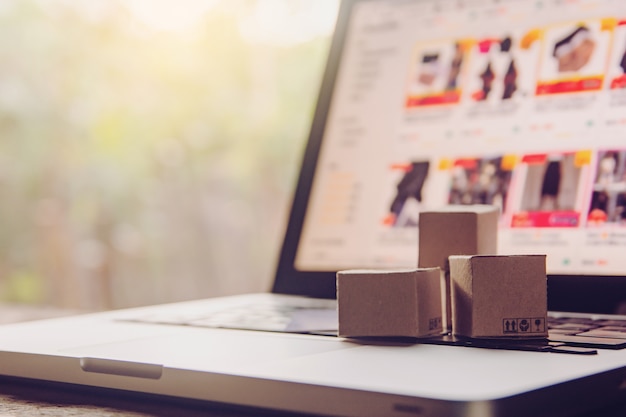
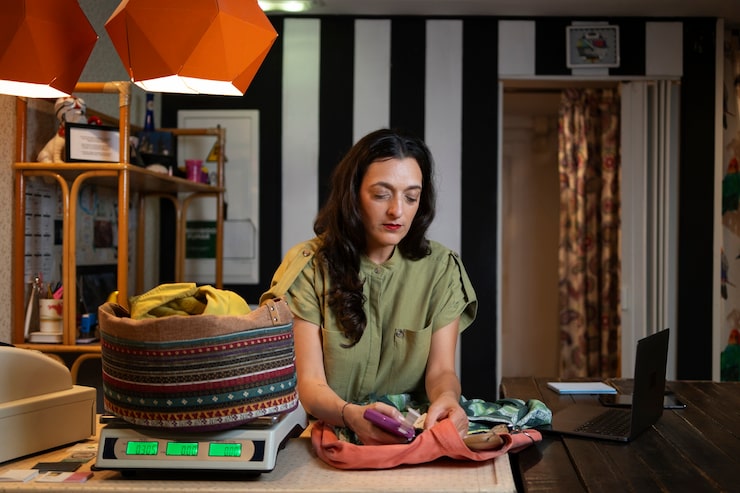


.jpg)

